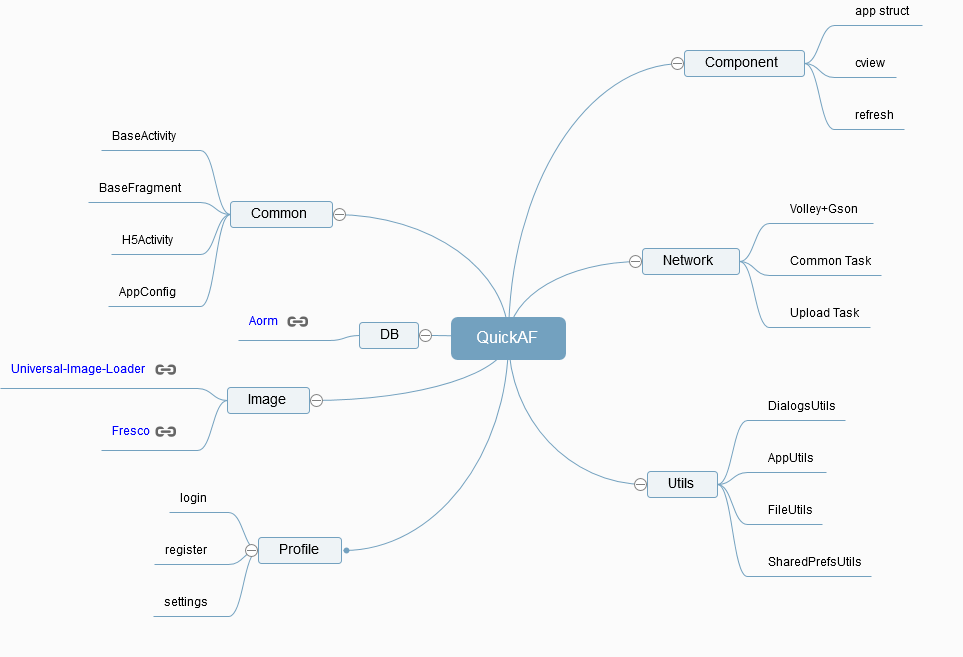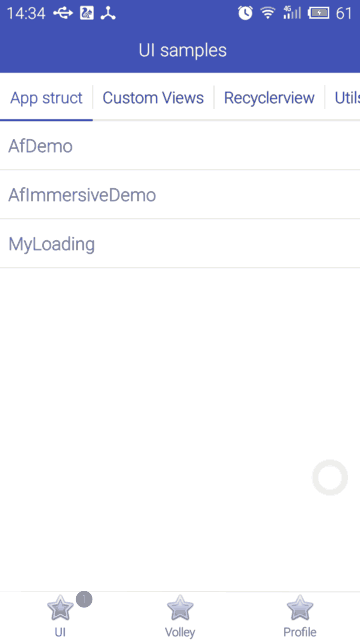
- #ANGULARJS FLOWLAYOUT 1.6.1 HOW TO#
- #ANGULARJS FLOWLAYOUT 1.6.1 UPDATE#
Angular is a package that lets you write client-side web applications as if you had a smarter browser. Restangular returns promises Restangular. Let's see a quick and short example of these features Restangular lets you create a Restangular object for any url you want with a really nice builder. You can build your own URLs with Restangular objects easily.Restangular knows that and it makes it easy on you. If your response for a list of element actually returns an object with some property inside which has the list, it's very hard to use $resource. You can create your own methods to run the operation that you want. Restangular lets you create your own methods.


You don't have to know the URL, the path, or anything to do all of the HTTP operations you want. If you have Nested RESTful resources, Restangular can handle them for you. You just write the name of the resource you want to fetch and that's it. With $resource, you need to write the URL Template.
You don't have to write or remember ANY URL. You don't need to create a new object for this. Each time you want to do a request, you can just do it using the object that was returned by Restangular. You don't have to create one $resource object per request. If you receive from the server some item that has a link to itself, you can use that to query the server instead of writing the URL manually. ETags and If-None-Match will be used in all of your requests Restangular doesn't have problem with trailing slashes, additional : in the URL, escaping information, expecting only arrays for getting lists, etc. It doesn't have all those $resource bugs. As Restangular returns promises, you can return any of the methods in the $routeProvider.resolve and you'll get the real object injected into your controller if you want. You can use this in $routeProvider.resolve. Instead of doing the "magic" filling of objects like $resource, it uses promises. Restangular has several features that distinguish it from $resource: Why does this depend on Lodash / Underscore?. How can I access the unrestangularized element as well as the restangularized one?. When I set baseUrl with a port, it's stripped out. How do I handle CRUD operations in a List returned by Restangular?. What if each of my models has a different ID name like CustomerID for Customer. Therefore requests are sent to undefined routes I use Mongo and the ID of the elements is _id not id as the default. My response is actually wrapped with some metadata. Can it be used in $routeProvider.resolve?. I need to send one header in EVERY Restangular request, how do I do this?. #ANGULARJS FLOWLAYOUT 1.6.1 HOW TO#
How to create a Restangular service with a different configuration from the global one.
 setResponseExtractor (alias of setResponseInterceptor). Adding dependency to Restangular module in your app. It uses the same example as the official Angular Javascript Project, but with Restangular! Or watch a video introduction of a talk I gave at Devoxx France about Restangular. Learn Restangular! Try the live demo on plunkr. It's a separate project with different maintainers, so issues regarding ngx-restangular should be reported over there 😉 For an Angular 2+ version of Restangular, check out ngx-restangular. Note This version of Restangular only supports Angular 1. It's a perfect fit for any WebApp that consumes data from a RESTful API.
setResponseExtractor (alias of setResponseInterceptor). Adding dependency to Restangular module in your app. It uses the same example as the official Angular Javascript Project, but with Restangular! Or watch a video introduction of a talk I gave at Devoxx France about Restangular. Learn Restangular! Try the live demo on plunkr. It's a separate project with different maintainers, so issues regarding ngx-restangular should be reported over there 😉 For an Angular 2+ version of Restangular, check out ngx-restangular. Note This version of Restangular only supports Angular 1. It's a perfect fit for any WebApp that consumes data from a RESTful API. #ANGULARJS FLOWLAYOUT 1.6.1 UPDATE#
Restangular is an AngularJS service that simplifies common GET, POST, DELETE, and UPDATE requests with a minimum of client code.






 0 kommentar(er)
0 kommentar(er)
